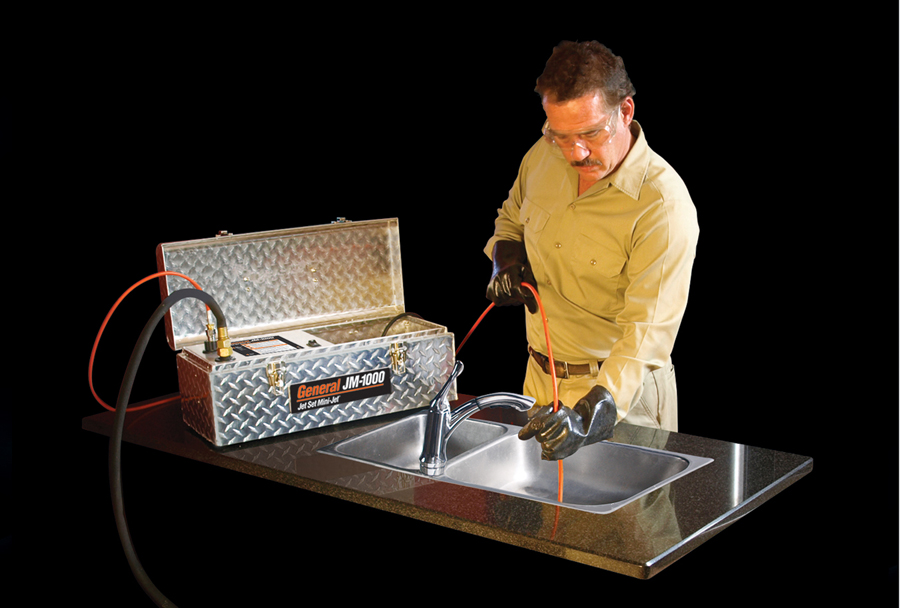Last month we answered the question of what is the right drain cleaning tool for each job. Here are more solutions to drain cleaning problems.
Tree roots:
For difficult stoppages you should use a larger diameter heavy duty cable that has the torque to cut through tree roots. It is best to use a 5/8” or 3/4” Flexicore inner core cable for large drum-type machines, or a 1-1/4” sectional cable with sectional machines. Start with a smaller cutter like the spear head or 2” U-Cutter to get the water flowing. Then switch to a larger root cutter like a heavy duty saw blade or root ripper. Don’t be impatient. Guide the cable slowly back and forth to cut through the stoppage thoroughly. If you go too fast, you risk getting caught and damaging the cable.
Grease clogs:
It’s referred to as a self-healing stoppage because when a cable goes through it, the clog closes up again. To really clear a grease clog properly, you should be using a water jet. The high pressure water cuts the grease off the walls of the pipe and the high water flow flushes it away. Water Jets make the hose vibrate so it can overcome the friction in the drain and slide more easily around tight bends. The thrust of the nozzle pulls the hose through the soft blockage. As you pull the hose back the high pressure spray cuts the grease away from the pipe walls and scours them clean.
Ice:
If the ice is in a metal water supply line, you can use a pipe thawing machine that puts a low voltage but high current through the metal pipe to safely melt the stoppage. If the stoppage is in a waste line, it’s nearly impossible to cut an ice clog out of a drain line with a snake. But it’s easy to melt an ice clog with a water jet. The jet nozzle has a number of rear jets to pull the hose to the stoppage, and one or more forward jets to melt the ice and break up the stoppage.
For more information, call the Drain Brains® at General at 800-245-6200, or email [email protected].
